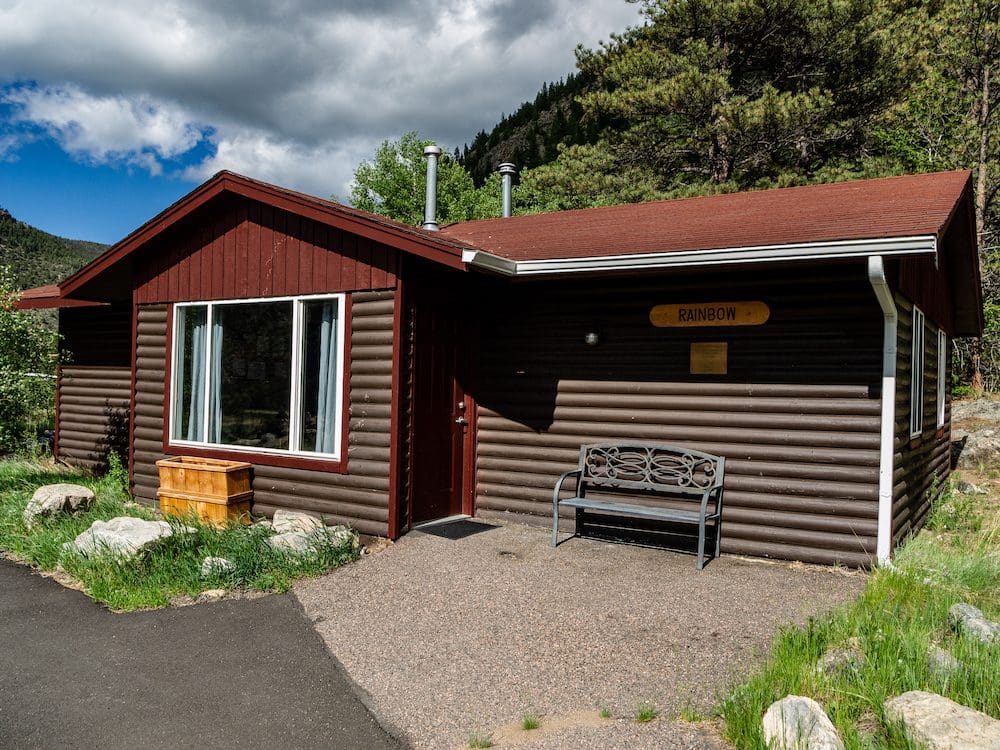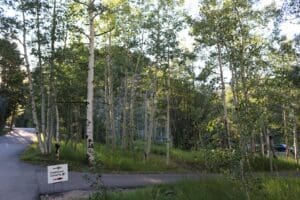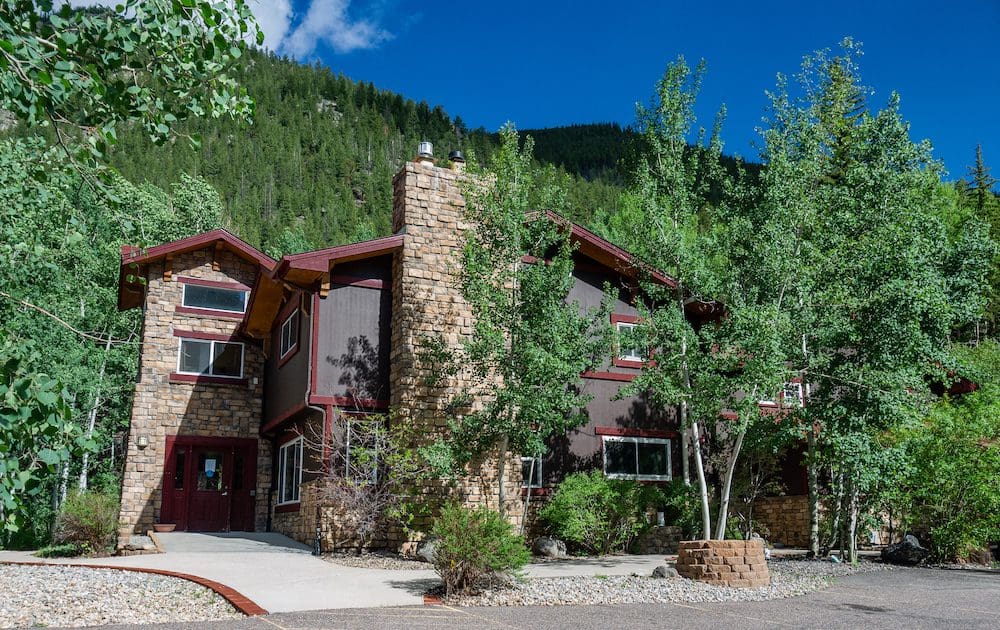Our 16th annual conference will be held in September of 2026!
Grow as energy professionals, create new relationships, and soak in Colorado's gorgeous Rocky Mountain scenery at RaterFest! Over the past 10+ years, we've worked hard to create a deeply engaging, single-track training experience for energy professionals.
Earn CEU's and hang out with the best energy pros in the business!
Speakers
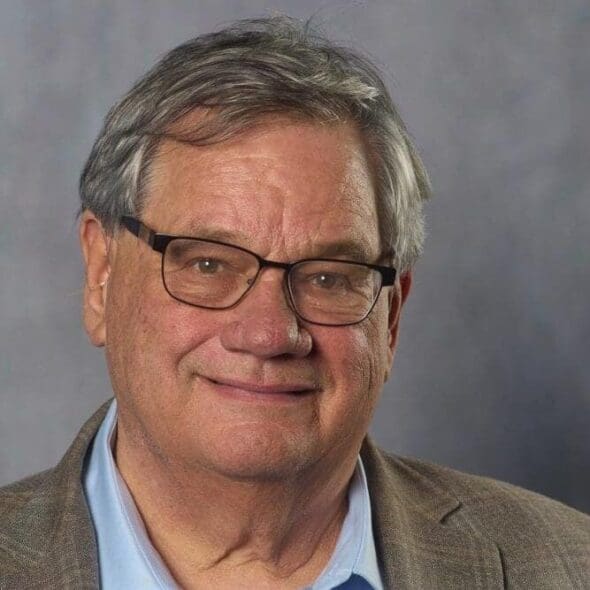
Steve Baden
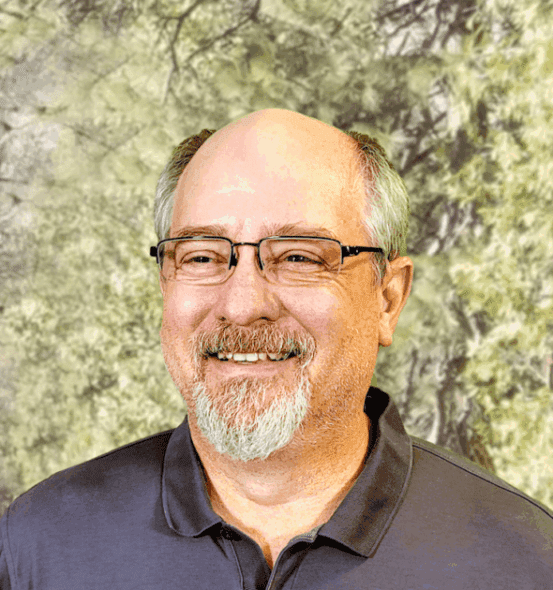
Joe Medosch
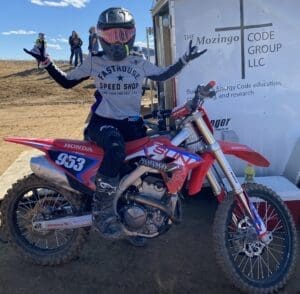
Shaunna Mozingo
President- Mozingo Code Group
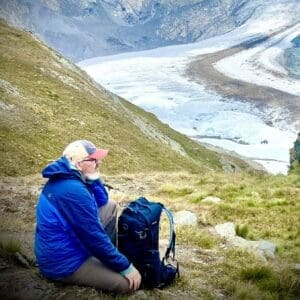
Scott Doyle
Managing Director of Quality Assurance- RESNET

Bruce Manclark
Consultant- Earth Advantage
Bruce Manclark is a nationally recognized leader in residential energy efficiency and building performance. With over 40 years of experience, Bruce has developed deep expertise in HVAC system design and installation, energy efficiency technical training, quality control testing, and the implementation of conservation programs.
As a Senior Technical Consultant at Earth Advantage, Bruce has worked with major organizations such as the Northwest Energy Efficiency Alliance (NEEA), Bonneville Power Administration (BPA), and the Energy Trust of Oregon to develop and implement successful program strategies for HVAC systems, new homes, and existing homes.

Patrick Nachlas
Account Manager for Raters and Providers- Ekotrope
Patrick Nachlas is a passionate sustainability professional dedicated to creating a better future for people and the planet. As Account Manager for Raters and Providers at Ekotrope, Patrick ensures HERS raters and providers nationwide have the tools, support, and expertise they need to thrive. He is known for turning energy modeling software into more than just a tool—it becomes a partner in building performance success.
When he’s not advancing sustainable building, Patrick can be found hiking, experimenting in the kitchen, or finding new ways to combine creativity with environmental stewardship—always with a dash of humor and a focus on impact.
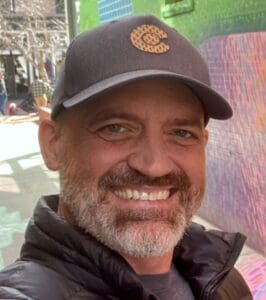
Shawn LeMons
Partner- Point 6 Consulting

Zak Paine
HVAC Installation Advisor- Slipstream

Dan Wildenhaus
We are deeply saddened to let you know that our dear friend and colleague Dan passed away Saturday August 2nd. Dan was an incredible person with an unparalleled depth of knowledge and passion for building science. We will miss him so much.
Here is a post from his employer CEE with more information:
Sessions
The Venue
Lodging Options
Schedule & Activities
FAQs


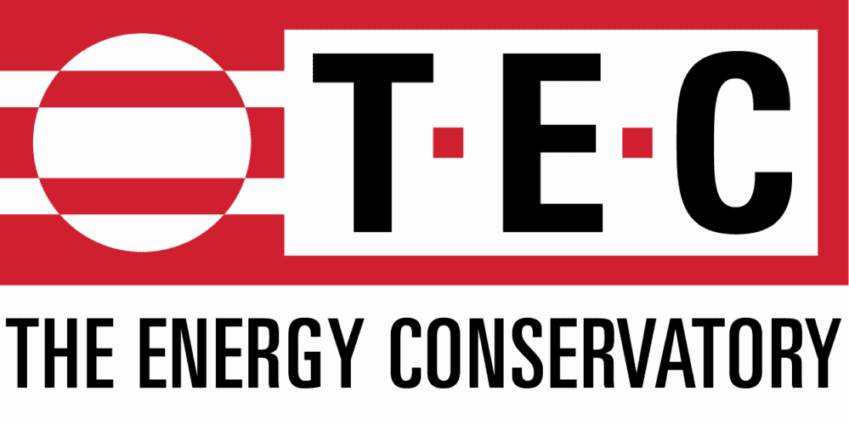
Wanna stay in the loop on all things Raterfest?
Sign up for our mailing list today!
Really enjoyed my first time at RaterFest. Loved the intimacy of a smaller conference with a single track of sessions where we could all learn together, ask questions and network. The location was great and made for an awesome road trip from Oregon.
RaterFest is fantastic! It is a well run weekend event that brings our industry leaders together in a laid back setting in the beautiful state of Colorado.
My Team and I had a blast, the venue, sessions, and fire pit shenanigans make this event a must for all building science professions, see you next year!



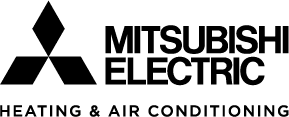



 .
. 
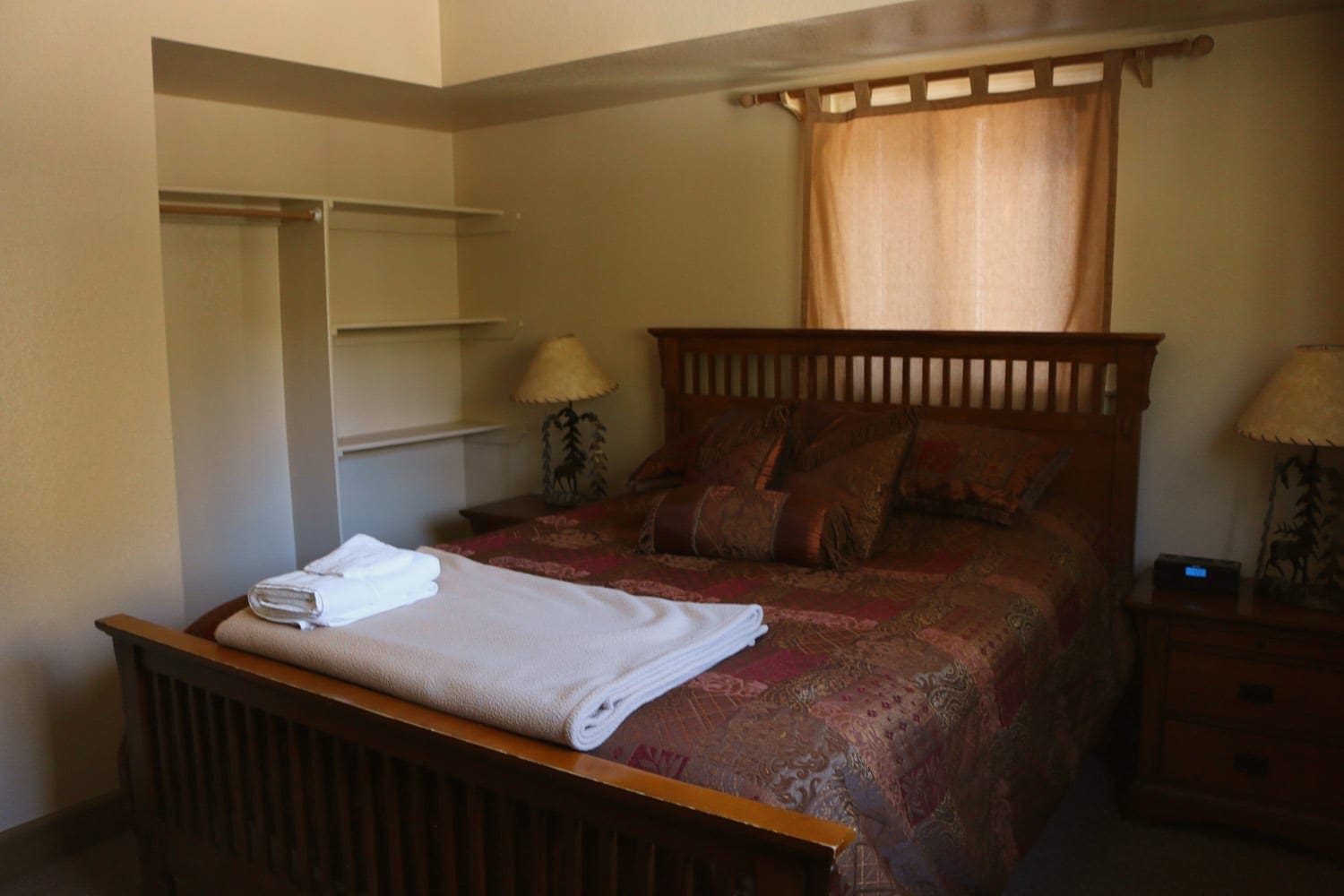
 .
. 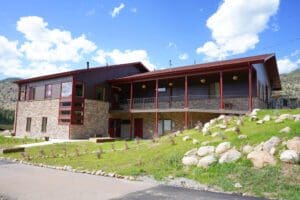 .
. 


